Leonardo da Vinci was one of those rare human beings who could learn and teach us all so much knowledge. Even though most people see him as an artist, the truth is that he was also a scientist, philosopher, inventor, and engineer.
Leonardo brought the sfumato painting technique to the art world, a way to blend paint colors on the canvas. Leonardo also gave us a lot of medical knowledge. One of his more exciting creations was creating what he saw as an ideal city. Leonardo was a great inventor and showed us all that having a vision of what we can do is good.
Table of Contents
The Multifaceted Legacy of Leonardo Da Vinci
Leonardo da Vinci stands as a quintessential Renaissance figure whose breadth of knowledge and expertise extended far beyond the confines of art. Renowned primarily as an artist, Leonardo was also a scientist, philosopher, inventor, and engineer. His contributions span various fields, each marked by his genius and forward-thinking.
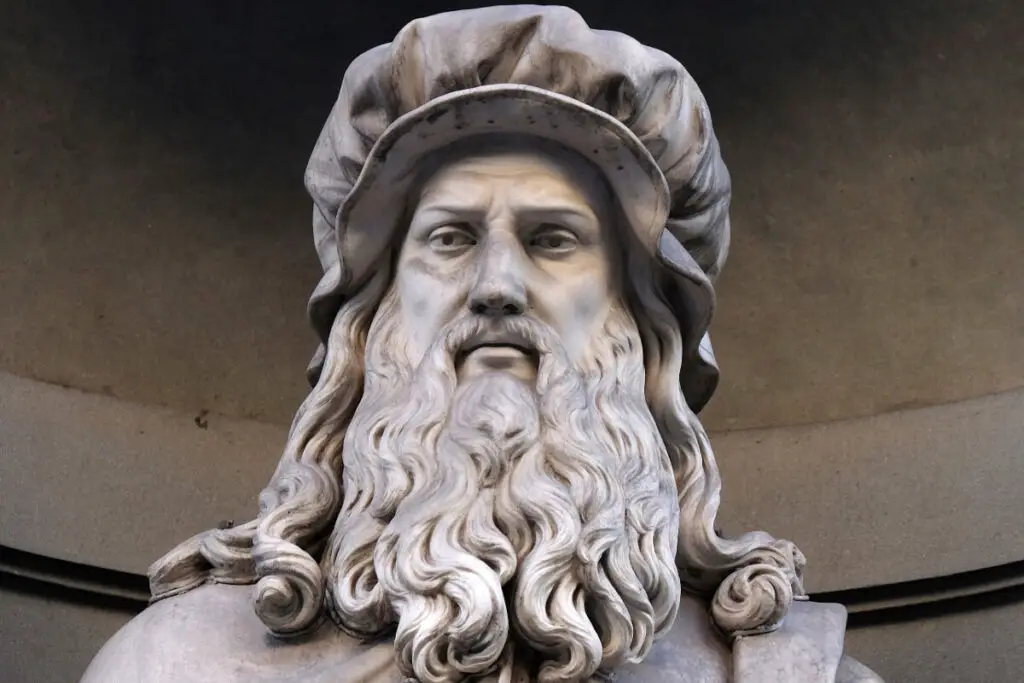
He introduced the sfumato technique in painting, significantly advancing artistic methods. In medicine, his insights and detailed studies provided invaluable knowledge. Among his diverse achievements, he conceptualized an ‘ideal city,’ showcasing his visionary approach to urban planning.
As an inventor, Leonardo’s designs and ideas epitomized the fusion of artistic creativity and scientific inquiry, underlining his belief in the power of visionary thinking
Leonardo made and gave us many contributions, but some of his significant contributions are listed below:
Leonardo da Vinci Contributed to The Sfumato Art Technique
One of Leonardo da Vinci’s essential contributions to the art world was his perfection of the art technique known as Sfumato. Sfumato is a painting technique that Leonardo da Vinci used in his paintings; he described it as painting “without lines or borders.”
The purpose of the sfumato technique is to have the various colors be blended on the canvas so that you can not see any lines or borders or where one color starts or finishes. Over the centuries, many artists have used this technique, especially when painting the human face.
Leonardo not only used the Sfumato technique, but he also wrote about it so that other artists could also follow it. This is one of the things that I love about Leonardo. not only did he perfect a technique like Sfumato, but he was also willing to share his knowledge with others.
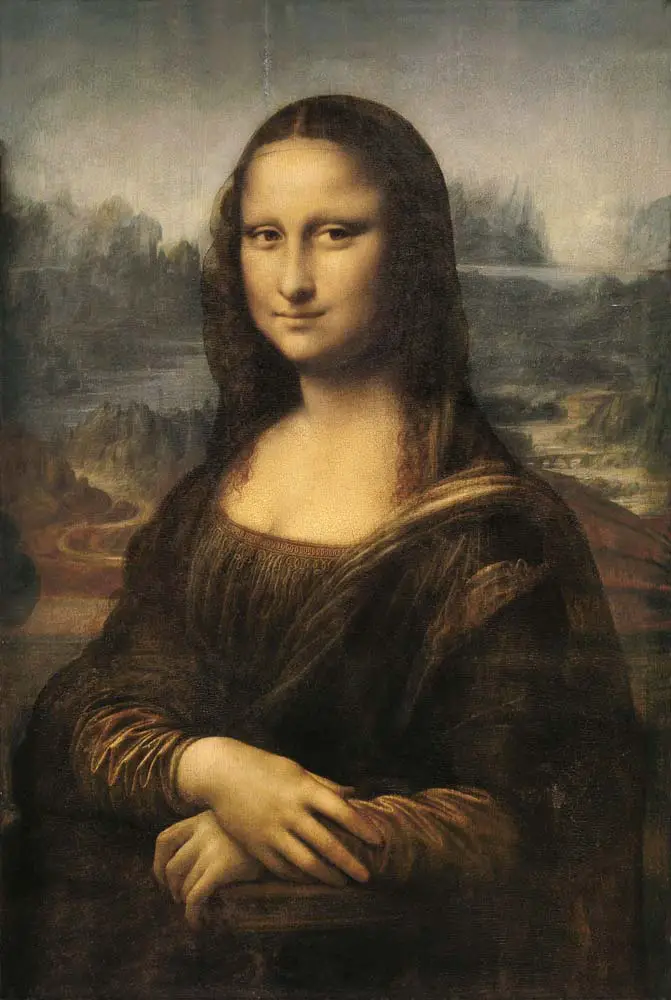
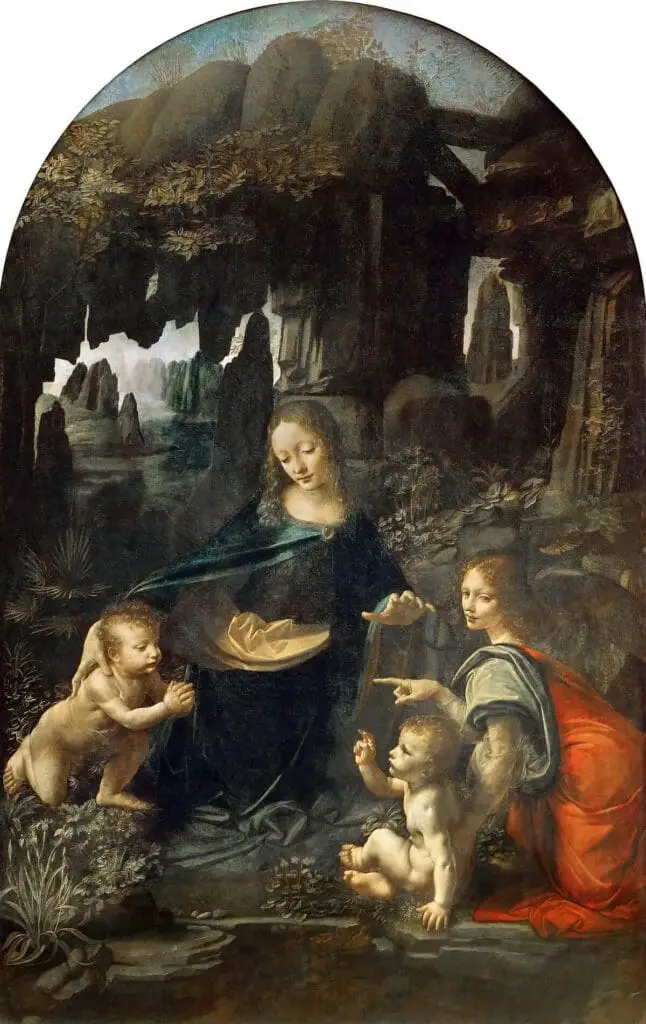
Two of Leonardo’s paintings showing the sfumato technique are in his works of the Virgin Of The Rocks and Mona Lisa. For both of these paintings, you can see how soft the transitions are, especially on their faces; you can see no lines or borders for any of the changes of the colors.
Leonardo Da Vinci Gave Us Medical Knowledge
During his lifetime, Leonardo was known to dissect at least 30 human bodies; he is one of the first to study human bodies to learn from them and gain medical knowledge.
Leonardo’s’ medical knowledge helped him understand anatomy, how the heart functions, how people could see with their eyes, how blood flowed, and a deeper understanding of the brain. All of these areas of the human body were things that Leonardo studied.
Not only did he study them, but he also drew some detailed drawings and took notes of his findings.
Even though the Catholic Church felt that cutting up human bodies and studying the human form was blasphemy, Leonardo took notes. Leonardo was worried he would be caught and persecuted for seeking this medical knowledge, so he wrote his notes in a code in his notebooks.
Leonardo da Vinci Contributed to City Planning and Sanitation
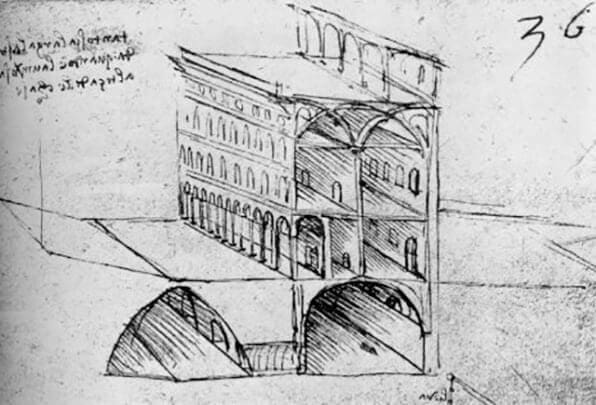
In 1485, a deadly plague came to the city of Milan, Spain. Europe was used to plaques for centuries; almost every year, there was some major plague. The 1485 plaque in Milan killed many people, including people Leonardo knew.
Leonardo and many others believed the plaques were happening due to poor sanitation; they believed the poor sanitation of the cities led to the diseases spreading fast.
In seeing a problem, Leonardo set out to find a way to solve the problem. Leonardo decided to take on this challenge to see how he could improve the city’s sanitation, and what he saw was also a way to stop the spread of a deadly plague or disease.
Leonardo made sketches of a city that would be more sanitary and have additional features like a road system with drainage. He saw a city that would also be connected by a series of canals that could be used to move goods and other commercial uses.
He also saw a way to help treat the sewage in a sewage system. He also saw a city that would have broad roads and elegant buildings. His ideal city would also have fresh air vents for the buildings and notable horse stables.
Leonardo’s ideal city was a place where sanitation would be improved, the living of the individuals within the city would be better, and the city would have arches and other beautiful elements. He never did see his ideal city become a reality.
Leonardo da Vinci Contributed Many Inventions
Leonardo was an inventor. He was the kind of person who would see a problem and look for a solution to the problem.
Leonardo was an engineer who conceptualized a lot of things. Many of them were way ahead of his time and would not come to pass for hundreds of years later.
He conceptualized solar power, a calculator, contact lenses, the telescope, and the double hull. He also has inventions on a strut bridge, the bobbin winder, and a rolling mill, to name a few.
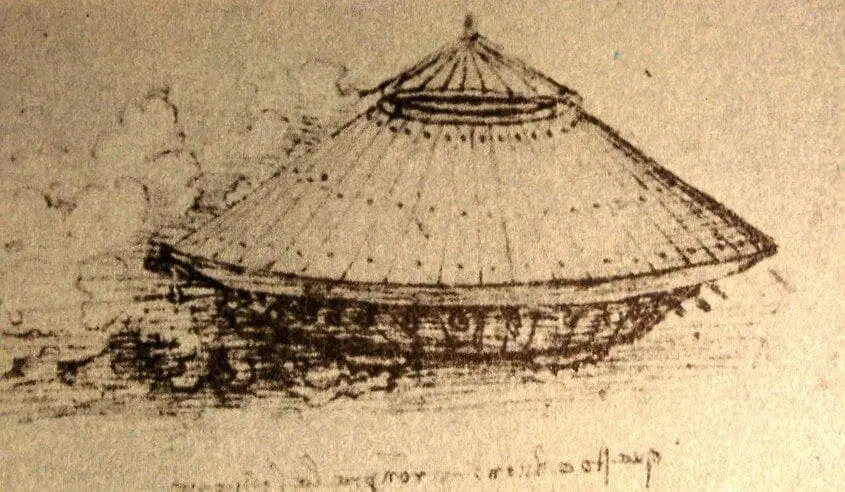
Leonardo foresaw a military tank with eight men to operate it and 36 guns are poking out from the sides. He was inspired by how the turtle had a turtle shell and how that could be translated for warfare inventions.
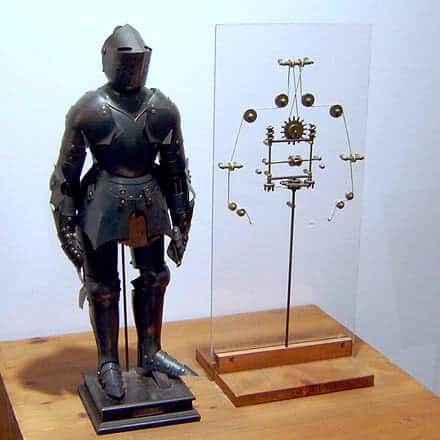
Leonardo foresaw a man in a metal suit who was operated by an external operating force; he drew out a plan. Many people feel that Leonardo anticipated robots or the robotic field of study.
While working in Venice in the early 1500s, the city was plagued with invasions coming in on the waterways. Leonardo had a conception of what looked like a modern deep-diving suit. This suit allowed people to stay underwater to sabotage the ships trying to come in.
Many feel this diving suit he designed was a precursor to the modern-day diving suit many deep-sea divers use.
Leonardo studied nature and was fascinated by how birds flew. He envisioned flying such as the modern parachute and even a machine like a helicopter.
These are just a few of Leonardo’s inventions, but it shows that Leonardo was not afraid to think the unthinkable, especially during the 15th and early 16th Centuries when he lived.
Leonardo da Vinci Was A Visionary Man
One of Leonardo’s contributions is that he taught us what it means to be a visionary person; Leonardo was not afraid to dream and “think outside the box,”, especially for things that would have been fantastic during his lifetime.
Leonardo teaches us the importance of being a creator and not being afraid to try something new. We learn from him that it is good to dream and envision what can be.
Frequently Asked Questions
What is Leonardo da Vinci most famous for?
Leonardo da Vinci is most famous for his contributions to art, particularly as a painter of masterpieces such as the Mona Lisa and The Last Supper. However, his impact goes beyond art, extending into various fields.
In addition to art, what other areas did Leonardo da Vinci contribute to?
Leonardo da Vinci made significant contributions to science, anatomy, engineering, and invention. He was a polymath who excelled in multiple disciplines.
What is the sfumato painting technique, and how did Leonardo da Vinci contribute to its development?
The sfumato technique involves creating a hazy, soft transition between colors, and Leonardo da Vinci pioneered this method. It is characterized by subtle gradations between light and shadow, giving a sense of depth and realism to his paintings.
How did Leonardo da Vinci impact the field of anatomy?
Leonardo da Vinci conducted meticulous anatomical studies, producing detailed drawings of the human body. His work laid the foundation for a better understanding of human anatomy and influenced the field of medicine.
Can you provide examples of Leonardo da Vinci’s inventions?
Leonardo da Vinci designed numerous inventions, including flying machines, war devices, and hydraulic systems. Some famous examples include the flying machine, a prototype for a helicopter, and a scuba diving suit.
What is Leonardo da Vinci’s Vitruvian Man, and why is it significant?
The Vitruvian Man is a drawing by Leonardo da Vinci that depicts the proportions of the human body. It is a symbol of the ideal human form and reflects his interest in the intersection of art and science.
How did Leonardo da Vinci contribute to city planning?
Leonardo da Vinci envisioned an ideal city with meticulous planning and innovative features. While his designs were not implemented, they showcased his forward-thinking ideas about urban development.
What role did Leonardo da Vinci play in advancing engineering knowledge during his time?
Leonardo da Vinci’s engineering sketches and designs demonstrated a deep understanding of mechanical principles. His work influenced later generations of engineers and laid the groundwork for advancements in technology.
How did Leonardo da Vinci’s interdisciplinary approach influence his work?
Leonardo da Vinci’s interdisciplinary approach involved combining art and science. This unique perspective allowed him to create groundbreaking works that merged artistic beauty with scientific accuracy.
What is the significance of Leonardo da Vinci’s emphasis on having a vision for the future?
Leonardo da Vinci believed in the power of vision and imagination. His emphasis on having a vision encouraged others to think beyond existing boundaries, fostering creativity and innovation in various fields.
Anita Louise Art is dedicated to art education, great artists, and inspiring others to find and create their art. We love art that uplifts and inspires. #ArtToMakeYouSmile! #ArtToMakeYouHappy!
If you want to see any of my art, you can find out more by clicking here. If you are interested in what inspires me and my paintings, you can discover more by clicking here.
We have a free newsletter and would love you to be part of our community; you can subscribe to the newsletter by clicking here. If you have any questions, I would be happy to talk to you. You can reach me, Anita, by clicking here.
Subscribe to our Anita Louise Art YouTube Channel, filled with great videos and information by clicking here.
Join us for our podcast “5 Minutes With Art.” Spend just 5 minutes a week with us to discover and learn about great art and artists. You can find out more about our podcast by clicking here.
Related Questions
How Was Leonardo da Vinci Able To Master So Many Different Professions?
Leonardo da Vinci is a man known to have had many different titles and professions during his lifetime. He was able to master this profession because he was a genius. But more than just being a genius, Leonardo is also self-educating and never stops learning. He had an insatiable amount of curiosity about all kinds of subjects.
By clicking here, you can learn more by reading How Was Leonardo da Vinci Able To Master So Many Different Professions?.
What Can We Learn From Leonardo Da Vinci?
Leonardo da Vinci was a philosopher; being a philosopher means that you want to seek wisdom. Leonardo was one person who tried to seek knowledge or enlightenment in his life. Leonardo was an active observer and learner of the human body, human behavior, and nature.
By clicking here, you can learn more by reading What Can We Learn From Leonardo Da Vinci?.

